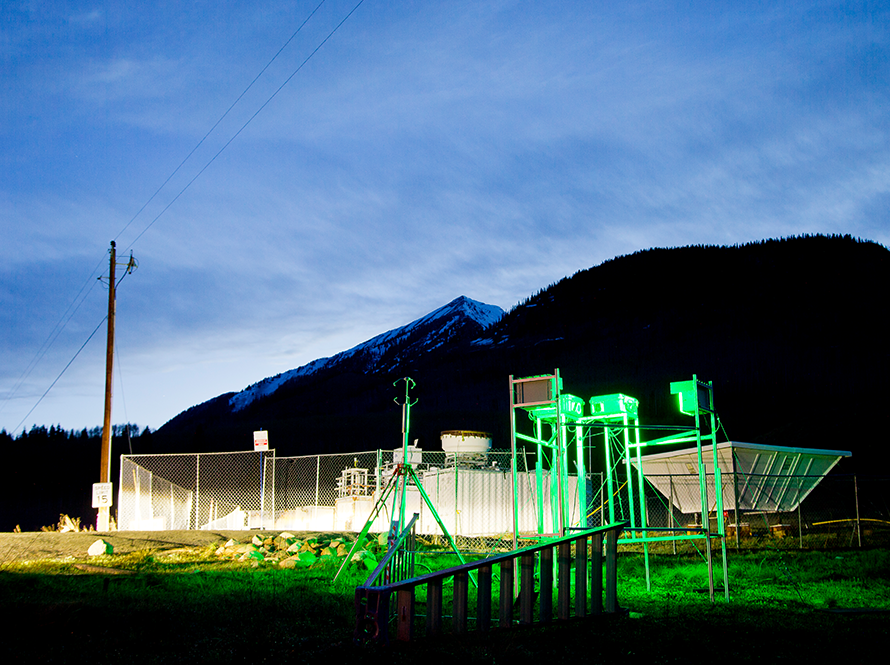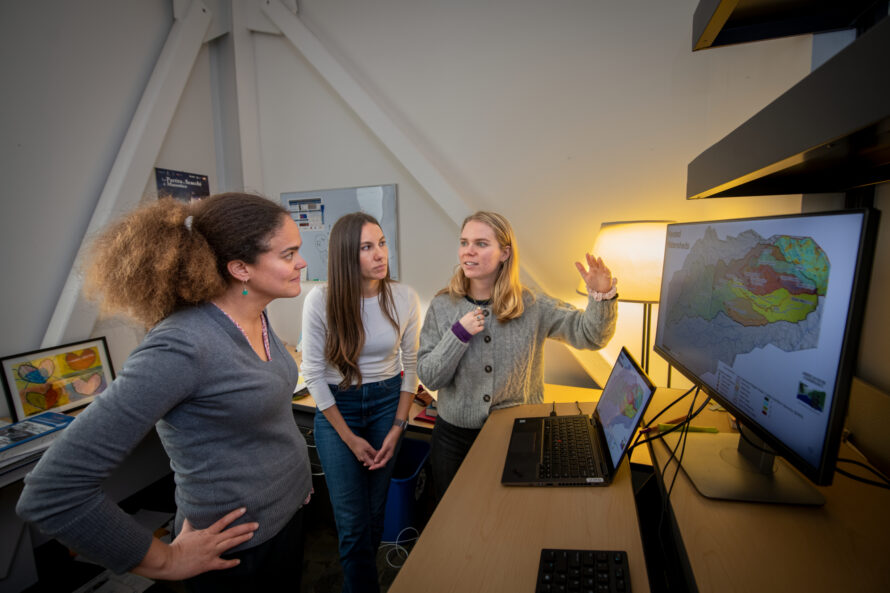We are working to advance understanding of the changing climate and its interaction with ecosystems, and the impact it has on energy systems and our dependence on food and water from the natural world.
Our scientists conduct extensive field research across the Americas to study environmental processes governing carbon and water cycles from the atmosphere to deep belowground. We develop climate models, calibrated with observations from the field, that reveal the complex environmental interactions shaping climate and explore what these might look like under different emissions scenarios.

Physical, chemical, and biological soil and subsurface interactions are critical to regulating biogeochemical cycling of life-critical elements, controlling food production, and purifying water. EESA scientists are interrogating and interpreting small-scale biological processes within the context of larger Earth systems, such as the role of soil microbes in the carbon cycle. Their work aims to expand understanding of climate and ecosystems to predict how living systems are organized and function, from molecular to watershed scales.

What happens below ground can largely influence the air up above. EESA scientists are using measurements, theory, and models to understand how complex terrestrial processes have profound impacts on atmospheric composition and climate–such as photosynthesis and decomposition, which capture and release carbon dioxide. They are also studying how these processes might be impacted by climate change and how these impacts could scale from belowground to the atmosphere.

Climate scientists in EESA are studying how humans influence processes relating to climate, ecology, and hydrology across a range of scales to understand, predict, and prepare for the change and effects. This research can inform pathways to resilience for water, energy, agricultural, and urban systems against climate change and increasing environmental stressors.

Climate and atmospheric modeling can help us understand what climate and environmental processes might look like in the future along different emissions scenarios. EESA scientists are leveraging advanced computational power available at Berkeley Lab to understand the complex interactions between humans, the environment, and the atmosphere in addition to predicting events such as hurricane intensity or wildfire frequency.

